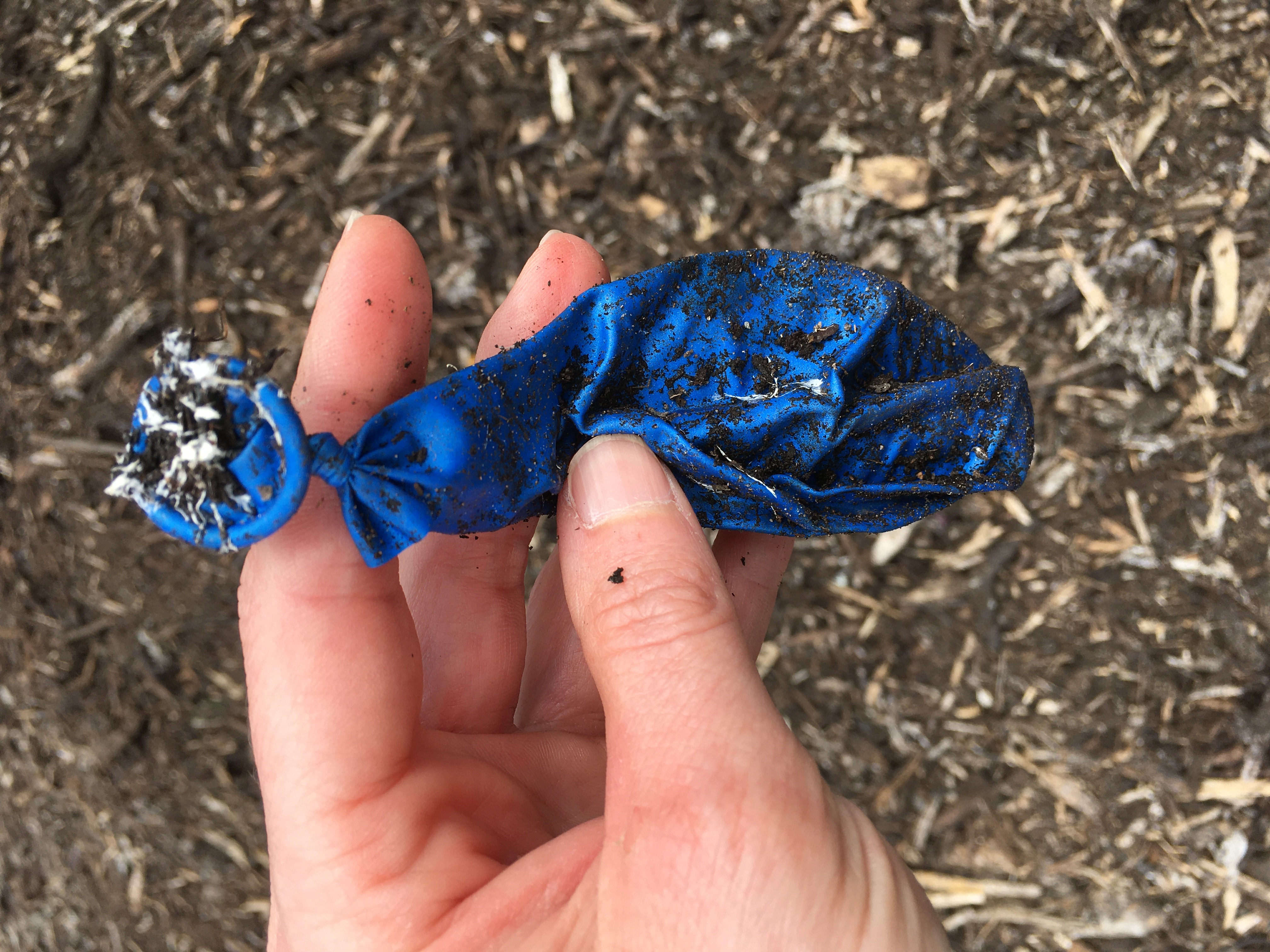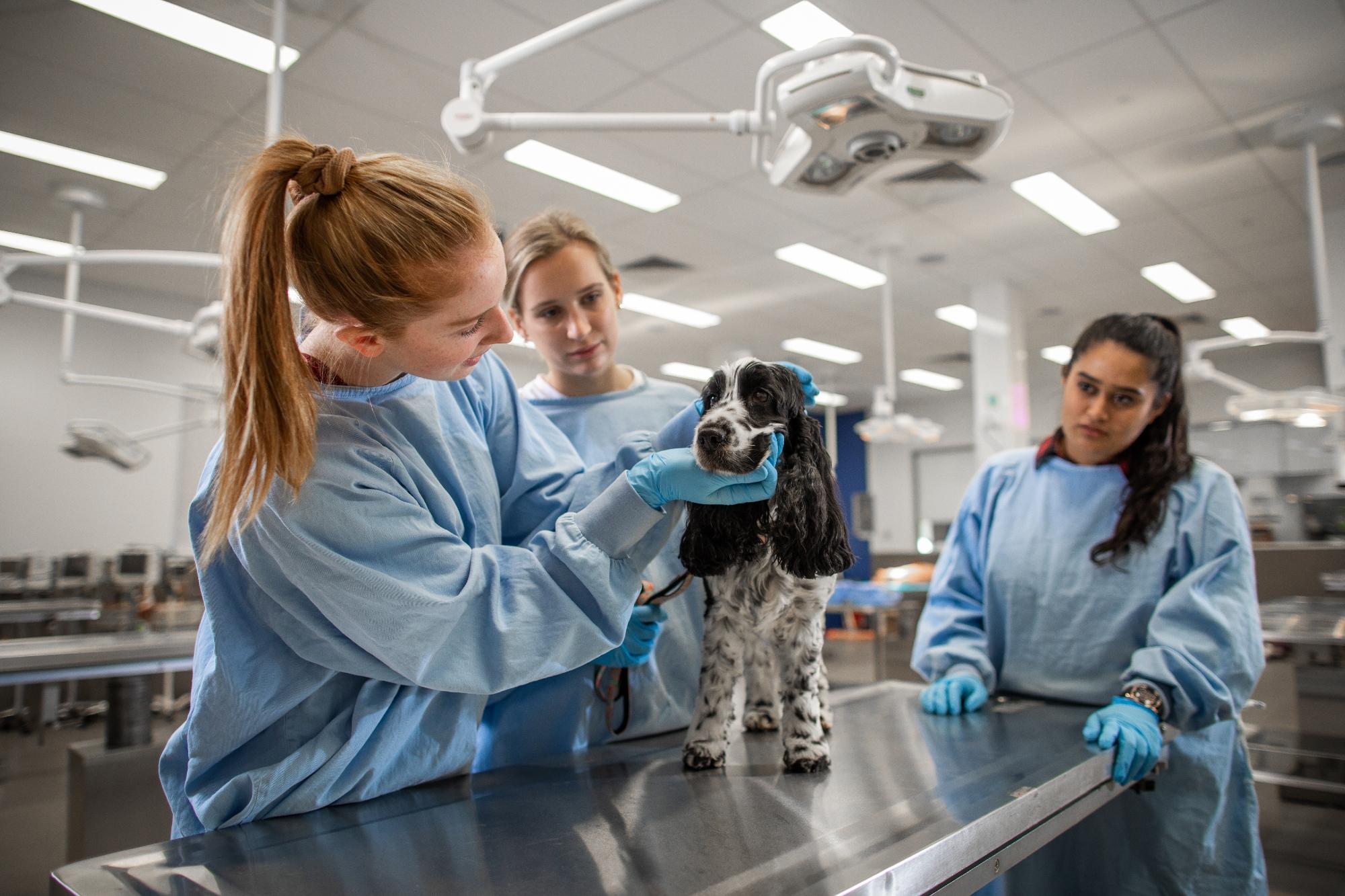
A ballooning environmental problem
There’s no question balloons are fun but there’s a growing awareness that the volume of discarded and degrading balloons is also contributing to the plastic litter that is proving harmful for our environment, and deadly for wildlife.
Claims that biodegradable latex balloons are the environmentally responsible alternative to the mylar (plastic foil) product were tested recently by Hobart’s Institute of Marine and Antarctic Studies researchers. Published recently in the Journal of Hazardous Materials the study is the first undertaken since 1989 to examine latex balloon degradation. According to lead author Morgan Gilmour, further to the 1989 study a dissertation and an industry-funded report were produced, but as they provided conflicting data consumers were left no wiser in their ability to make an informed choice.
“The environmental impact and longevity of balloons have long been a matter of debate between environmentalists and manufacturers, so we were surprised at the lack of relevant research,” Gilmour said.
To characterise their degradation researchers exposed balloons to freshwater, saltwater and industrial compost for 16 weeks before testing them for changes in mass, tensile strength and composition. For balloons to pose no risk for the environment or wildlife Gilmour said they must degrade relatively quickly and consistently, but the study showed the balloons retained their original size and shape.
“The minor changes we found were variable between balloon types and treatments, with composted balloons losing one to two percent of their mass, and some in freshwater gaining mass, most likely due to osmosis. Even industrial compost methods didn’t facilitate degradation during our experiment,” she said.
Advertising often promotes latex balloons as having a negligible environmental impact due to latex being a natural product and thus biodegradable, but co-author Jennifer Lavers said this claim overlooked the manufacturing process, and the addition of chemicals and compounds.
“To create high-quality, long-lasting balloons, latex needs to be vulcanised with sulphur and compounds such as heavy metals, waxes, antioxidants, plasticisers, flame retardants and the pigments that are added to it,” Lavers explained.
Researchers hope the results of the study will inform the development of latex balloons that degrade within acceptable composting guidelines, so the littering of land and water and the lethal impact balloon fragments have on turtles, seabirds and marine animals can be reduced.
“Until that happens the presence of balloons in the environment will continue to contribute to anthropogenic waste, and pose a threat to the wildlife that ingests them,” Lavers said.
The study was co-funded by Hobart City Council and Zoos Victoria. The latter is currently conducting a campaign called ‘When Balloons Fly, Seabirds Die’ to highlight the impacts on wildlife.
Visit www.zoo.org.au/balloons for more.
Anne Layton-Bennett



